Advantages Of Layering Principle In Computer Networks
The concept of layered architecture is easy to learn and implement. Interoperability 3Complexity reduction 6.
An important difference between the point-to-point datalink layers and the datalink layers used in LANs is that in a LAN each communicating device is identified by a unique datalink layer addressThis address is usually embedded in the hardware of the device and different types of LANs use different.

Advantages of layering principle in computer networks. The benefits to layering networking protocol specifications are many including. Central Storage of Data Files can be stored on a central node the file server that can be shared and made available to each and every user in an organization. The upper layers are sometimes known as middleware because they provide software in the computer which convert data between what the applications programs expect and what the network can transport.
For instance upper-layer protocols that compute checksums over packets must account for changes in IPv6 including use of 128-bit addresses and final destination. Interoperability Layering promotes greater interoperability between devices from different manufacturers and even between different generations of the same type of device from the same manufacturer. Layering on computer network would be useful in all the 3 ways you mentioned.
Interoperability - Layering promotes greater interoperability between devices from different manufacturers and even. Benefits of Layered Architecture. In IP Addressing Subnetting INC IPV6 2000.
Changes are one layer do not affect other layers provided that the interfaces between the layers do not change drastically. In half duplex each station can both transmit and receive but not at the same time. One layer doesnt need to reason about other layers Decomposes problem of building network into more manageable components Modularity Can replace a layer without impacting other layers Lower layers can be reused by higher layers.
OSI model has various advantages. The layers along with the overall code organization is consistent across all the layered projects. The resultant software was very difficult to.
In the next chapter we describe the organisation and the operation of Local Area Networks. Advantages of Network. Layers in OSI model architectures are distinguished according to the services interfaces and protocols.
In computer programming layering is the organization of programming into separate functional components that interact in some sequential and hierarchical way with each layer usually having an interface only to the layer above it and the layer below it. A communication subsystem is a complex piece of Hardware and software. The entire channel can be utilized for each direction separately.
5Advantages of Layering principle in computer networks. Advantages of Layering The division of network protocols and services into layers not only helps simplify networking protocols by breaking them into smaller more. For example if your email client stop working you dont have to debug by looking at the cables.
And it is considered as a standard model in computer networking. Advantages of OSI model Layered Architecture. Early attempts for implementing the software for such subsystems were based on a single complex unstructured program with many interacting components.
The advantages of the OSI model are It is a generic model and acts as a guidance tool to develop any network model. Benefits of layering Encapsulation Functionality inside a layer is self-contained. These are main advantages of Computer Networks.
Troubleshooting - With layered approach it is always easier to debug problems in your network. The layered architecture in general shields the upper layer protocols from changes in the network layers. It is a truly generic model.
Thiugh layers communication between devices become very easy nad our data is secure and easily we can make changes and fault isolation is easy. However a couple of issues need to be addressed. The benefits to layering networking protocol specifications are many including.
Anyone can connect to a computer network There is a negligible range of abilities required to connect to a modern computer network. The transport layer provides the connection between the upper applications-oriented layers and the lower or network-oriented layers. It is a layered model.
Microsoft Word - CS1352-COMPUTER NETWORKdoc Author.

Computer Networking An Overview Sciencedirect Topics

Advantages And Drawbacks Of Layered Approach Download Table

Cross Layer Design An Overview Sciencedirect Topics

Osi Model Characteristics Of Seven Layers Why To Use Limitations

Advantages And Drawbacks Of Layered Approach Download Table
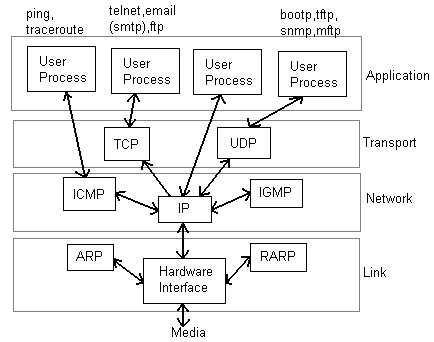
Cs425 Computer Networks Lecture 02
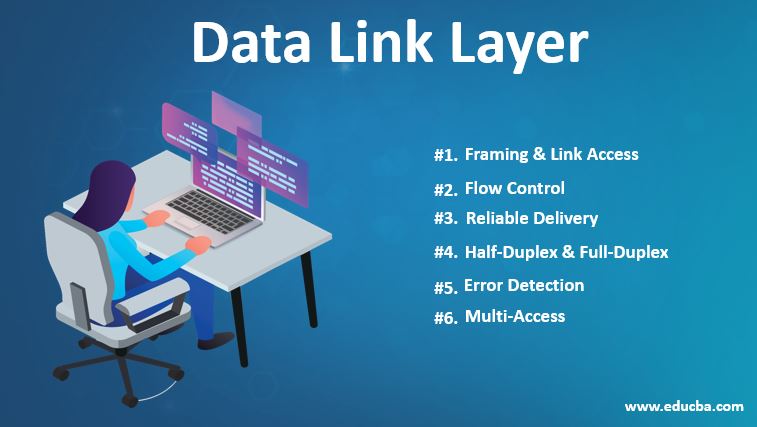
Data Link Layer Learn Top 6 Beneficial Services Of Data Link Layer

Protocol Layers And Their Service Models

Protocol Layers And Their Service Models
Protocol Layers And Their Service Models

Advantages And Drawbacks Of Layered Approach Download Table

Advantages And Drawbacks Of Layered Approach Download Table

Advantages And Drawbacks Of Layered Approach Download Table
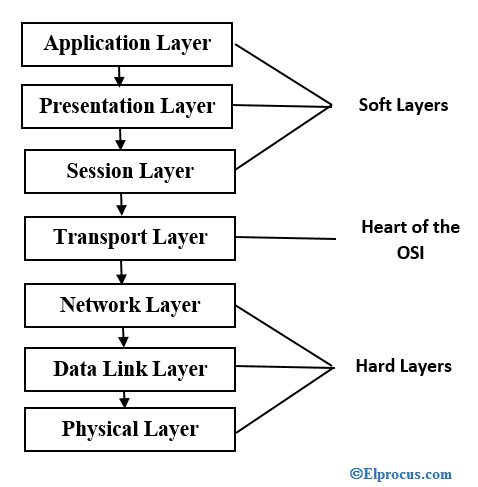
Network Protocol Types Layers And Its Advantages

Advantages And Drawbacks Of Layered Approach Download Table
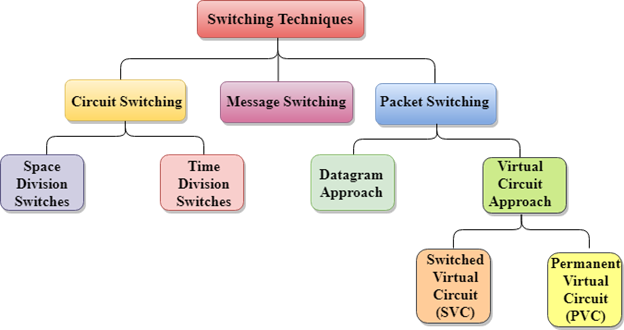
Computer Network Switching Techniques Javatpoint

5 Layer Architecture Of Internet Of Things Geeksforgeeks
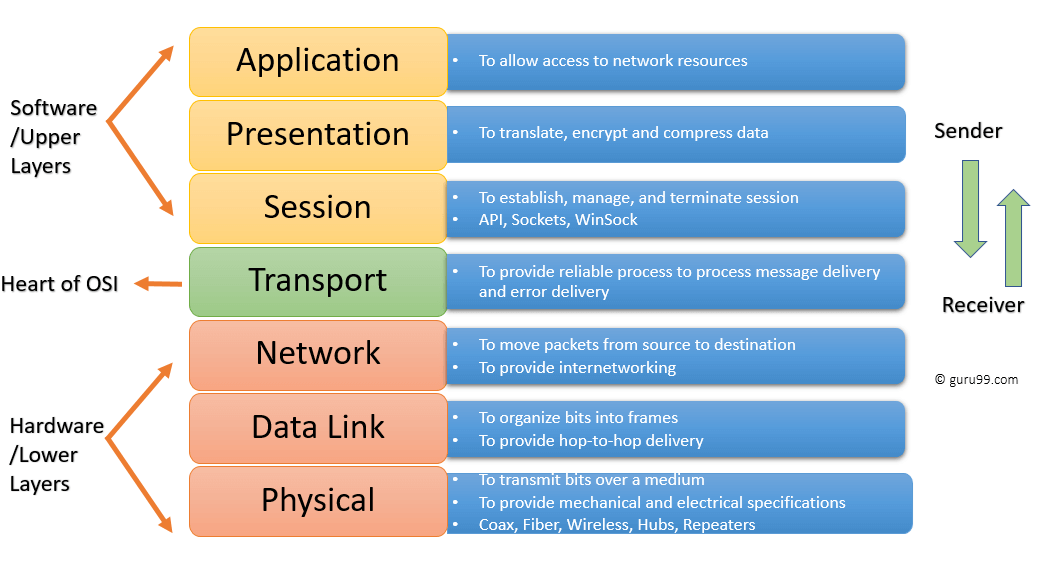


Post a Comment for "Advantages Of Layering Principle In Computer Networks"